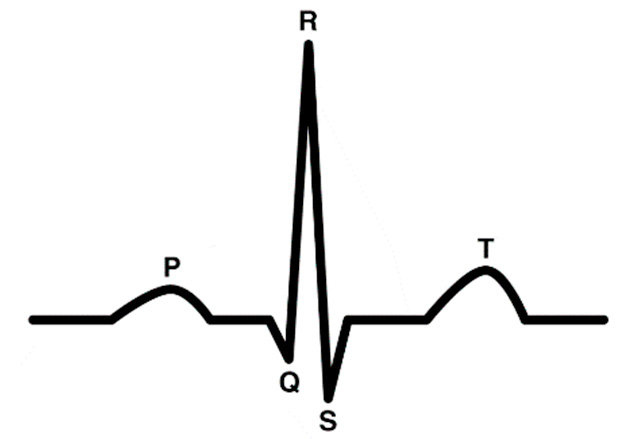Aktualności

Zapraszamy do zapoznania się z artykułami opracowanymi w ramach Biuletynu AENiT
W cyklicznych Biuletynach AENiT będziemy starali się przedstawiać najważniejsze informacje z życia Asocjacji.

Granty wyjazdowe dla aktywnych uczestników kongresu ISHNE w Tesalonikach
Granty wyjazdowe dla aktywnych uczestników kongresu ISHNE w Tesalonikach
Zarząd AENiT w kadencji 2023-2025
Przewodnicząca
prof. dr hab. n. med.
Ewa Piotrowicz
Kierownik Centrum Telekardiologii
Narodowy Instytut Kardiologii
Stefana Kardynała Wyszyńskiego,
Państwowy Instytut Badawczy
Przewodnicząca-Elekt
prof. dr hab. n. med.
Małgorzata Kurpesa
Katedra i I Klinika Kardiologii Uniwersytetu
Medycznego w Łodzi,
Oddział Rehabilitacji Kardiologicznej
WSSZ. im. W. Biegańskiego w Łodzi
Poprzednia Przewodnicząca
prof. dr hab. n. med.
Elżbieta Katarzyna Biernacka
Poradnia Kliniki Wad Wrodzonych Serca
i Zaburzeń Rytmu o Podłożu Genetycznym,
Klinika Wad Wrodzonych Serca
Narodowy Instytut Kardiologii
Stefana kardynała Wyszyńskiego,
Państwowy Instytut Badawczy
Sekretarz
dr n. med.
Olgierd Woźniak
Klinika Wad Wrodzonych Serca
Narodowy Instytut Kardiologii
Stefana Kardynała Wyszyńskiego
Państwowy Instytut Badawczy
Skarbnik
dr n. med.
Agnieszka Katarzyńska-Szymańska
I Klinika Kardiologii
Uniwersytetu Medycznego w Poznaniu
Członkowie Zarządu:
prof. dr hab. n. med.
Paweł Krzesiński
Klinika Kardiologii i Chorób Wewnętrznych,
Wojskowy Instytut Medyczny
Państwowy Instytut Badawczy
prof. dr hab. n. med.
Joanna Kwiatkowska
Katedra i Klinika Kardiologii Dziecięcej
i Wad Wrodzonych Serca,
Gdański Uniwersytet Medyczny
dr n. med.
Grzegorz Kiełbasa
I Klinika Kardiologii i Elektrokardiologii Interwencyjnej
Pracownia Elektrofizjologii, NSSU Kraków
dr n. med.
Michał Orszulak
I Katedra i Klinika Kardiologii
Śląskiego Uniwersytetu Medycznego w Katowicach
dr n. med.
Adam Wojtaszczyk
Uniwersytet Medyczny w Łodzi
Komisja Rewizyjna:
Przewodniczący
dr hab. n. med.
Krzysztof Szydło
prof. dr hab. n. med.
Katarzyna Bieganowska
prof. dr hab. n. med.
Waldemar Bobkowski
prof. dr hab. n. med.
Iwona Cygankiewicz
dr n. med.
Bartosz Szafran

